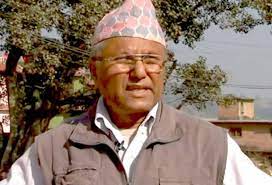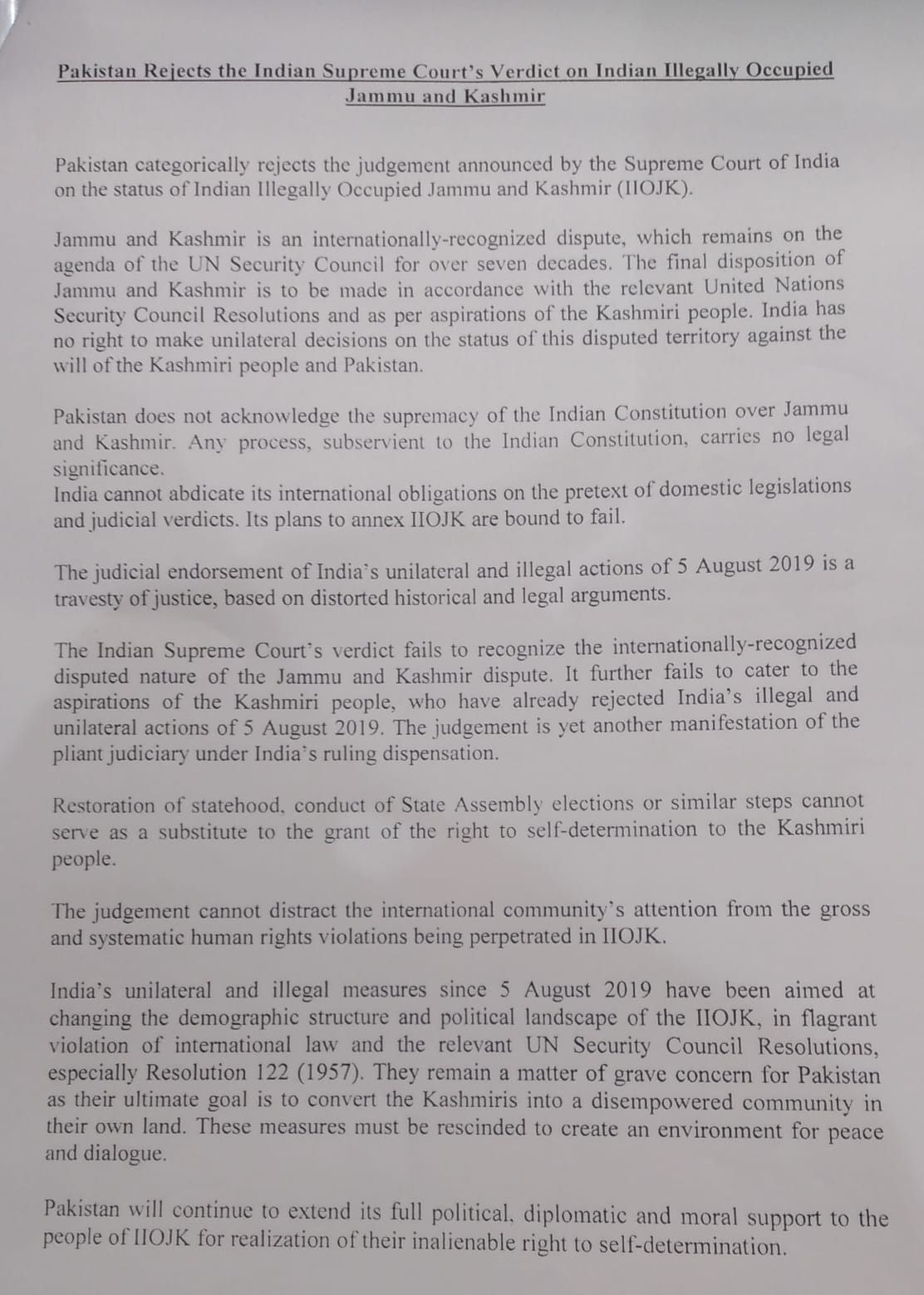
Modanath Prashrit
During his time, what role did the epoch-making poet Siddhicharan Shrestha play? Let’s go for a survey. The feudal set up had assumed its worst form during the Rana rule, especially under Chandra Shamsher. Many of those liberated from slavery were used for feudal expansion in Tarai. It was in the initial decade of such a draconian rule that four of the brightest stars of literature: Balkrishna Sama (b. 1902), Yuddha Prasad Mishra (b. 1907), Laxmi Prasad Devkota (b. 1909) and Siddhicharan Shrestha (b. 1912) were born.
Since Devkota and Sama were born in Kathmandu, they got good environment for education and literary practice to some extent. Yuddha Prasad was born in a village in Bhaktapur, and could not avail higher education. For Siddhicharan, who was born in the hinterlands of Okhaldhunga, both these opportunities were remote. Since he came to Kathmandu after spending much of his boyhood in the village, he could not avail higher education. But since his father Bishnu Prasad Shrestha had literary inclination, Siddhicharan, quite early, developed literary taste, and it started budding after his entry into Kathmandu. In 1927, at the age of fifteen, his pen scribbled his first poem, ‘Sandhya’, though his first published work was ‘Bhuinchalo’.
From the perspective of social development, the elimination of slavery and the onset of feudalism were, in a way, movements forward. But, since the British Empire in India needed an autocratic rule in Nepal as an instrument of its expansion, the Nepalis, forgetting their innate skills and vocations, started joining the British army. There were provisions of traditional Sanskrit education in Nepal, but the Ranas closed all doors to modern education for seventy years. Since he was born in a Rana family, Balkrishna Sama was priviledges to avail higher education in India. The consciousness at the capital too helped Devkota to go to India for study. Siddhicharan was forced to satiate himself with the scanty education he could make up in Nepal. It was an innate, additional talent in him that propelled him towards literature.
Siddhicharan transformed the devastating earthquake of 1933 into a poem. When his poem ‘Bhuinchalo’ (Earthquake) was published in Gorkhapatra in 1933, a point of departure of his poetic career had been discovered. When ‘Pratakaalin Kiran’ (The Morning Ray) was published in Sharada in 1934, he was drawn into literary discussions.
It was a time when the Romantic literary tendency of the West had been influencing Indian poets. The poets were making a shift towards freer expressions, away from the intricate classical rules. As far as physical development is concerned, it was expanding fast, but had made no advent into Nepal. But the rulers could not bar the imaginative flight of the intellectual and literary people. Away from the classical trend of Bhanubhakta, poets started taking free flight into new horizons:
An awoken dream inhabits the heart,
nature in beauty gets an untold delight
sweet kisses are exchanged everywhere
when rays of gold knit the earth and the sky.
(Pratakalin Kiran)
This poem, ‘Pratakalin Kiran’ by Siddhicharan Shrestha, appears to be the first ray towards Romantic cult in Nepali poetry. Though the city of Kathmandu supplied new thoughts to this lad who came leaving his homeland behind, the nostalgic memory of his own babyhood kept inspiring the poet. This emotional state of nostalgia is traceable in other poets like Lekhanath Paudyal and Madhav Ghimire as well. The gush of the same emotion engendered the following timeless poem in Siddicharan Shrestha:
In your pristine greenery,
on your serene breast,
this poet had his childhood spent
laughed, played and roved through woods
o my beloved Okhaldhunga!
(My Beloved Okhaldhunga)
Nepal, which had been badly beset by age-old autocratic rule, turned more dependent on foreigners during the rule of the Ranas puppets of the expansionist British rules of India—was losing its ancestral technologies, and small hydropower plants, and a few vehicles manually fetched into the country, had become sources of power for the rulers. Such a state of affair started stirring the minds of intellectuals, thinkers, poets etc., and consequently, old and traditional thoughts and philosophies started crumbling. The realities of the evolving time started escorting writers and poets towards new trails. Siddhicharan, who wrote a year ago with much faith in fate, wrote such an anti-fatalistic verses in 1936:
Fate, redeem this error!
Your rules are too stringent.
Go! I won’t walk along
bearing the intrigues of the world.
(Nirbalta)
Mother, I have my own ways
I am not to destiny an inmate
vanity, they say, is vile
but I am a poet, rival to the world.
(Uchchhawas)
Against the atrocious, traditional rule and its inhuman conduct, Bhanubhakta had expressed his dissent: ‘Your procrastination to tomorrow and days later has spoilt the family; now confiscate the little that is in my possession.’ Laxmi Dutta Panta had raised his finger against the rulers, albeit in translation: ‘If you boast as a king, let me also brag in intellect blessed by my guru’s blessings.’ Krishnalal’s ‘Makai Parva’ launched a symbolic attack against the Rana rulers. In the same tradition, Siddhicharan, in a philosophical style, took the powerful weapon of pen against fatalism.
To the political stir launched by Praja Parishad, a council of the people in 1936, Siddhicharan projected the idea of class awareness within the schemes of national vision:
Just for taking birth here
one is not entitled to be a Nepali;
poisonous insects have evolved here
and dissipated diseases everywhere.
Should we spare the insects
just because they are national?
(Khaas Nepali)
As early as 1938 itself, the poet had written a glorious poem to inspire the youths:
March forward, and gather prowess
do not die as cowards do;
show now the most of valour you have
force the foes to flee away;
glitter, o youth, you glitter now!
This poem became an exceptionally popular poem among the youths of those days. Around 1973, I heard the poem repeatedly quoted in Pushpalal’s speeches.
As a result of such a potent rise of Siddhicharan and his dauntless pen, he was sentenced to jail in 1940, where the inmates of 1931 and 1936 too had been hurled. It’s a highly interesting context: to arrest Siddhicharan Shrestha, playwright Balkrishna Sama had come in the guise of a military colonel. It was at least a decade before Balkrishna had changed himself from a Rana to Sama, an egalitarian.
Challenging the concept that imprisonment and punishment could thaw the awoken human soul, Siddhicharan’s dedication inside the jail exuberated like this:
It’s enough! In tears we have lived long;
let’s learn to die in smiles,
to hang from the trees, learn to kiss
the rope of death with hot lips (1940)
On the charge of propelling youths towards revolution, Siddicharan was remanded for 18 years imprisonment. But owing to various developments and circumstances of the time, he was released in 1945.
Siddhicharan was a visionary of future Nepal. He had in his imagination the following picture of the intellectual citizens of ‘New Nepal’:
Let people get life afresh,
and sing a number made anew
casting off the age-old load,
let them usher conducts new.
Poet Siddhicharan had a deep awareness of the ugly reality and oppressive facet of a classed society. He had such an awareness of the reality of common people:
Go and watch at Halchowk, a human skeleton roves
exploited to the limits, skin and bones laugh
with a flame of disparity, veiled deep under the womb
Halchowk drinks tears and sighs, in terms of thousands.
This poem about a poor commoner sitting at a shop in Halchowk reflects the condition of the class distinction during the oppressive rule of the Ranas.
Siddhicharan was full of patriotic fervour. Appealing for a national pride against the aggravating situation of the country and the increasing foreign intervention, he wrote these verses on national bravery as early as in the year 1938: ‘A Nepali I am, skilled to climb on the mountaintops.’ Later, this became the most popular of all his poems.
In 1948, he presented a beautiful model of national song:
Mountain décor, fragrance-adorned
glory, Mother Nepal!
Aryans, others, Buddhists, Hindus
mix in bosoms vast!
It was Siddhicharan who first floated the idea of ‘New Nepal’. In around 1959 he had written:
A detested custom’s ways, caste and creed that rob the heart
why for vain should we bow; let’s rise in glitter of light
the living thoughts from within, of every Neapli heart
let them burn and become open, New Nepal for everyone!
Mainly because of his extraordinary power to express the awareness of time and national consciousness more powerfully than any of his contemporaries, Siddhicharan was rightly called Yugkavi by the then intellectuals and authors.
The perennial and timeless reverence Nepal gives to Siddhicharan testifies how great a poet he was. This has been vindicated by the enthusiasm people showed in making his birth centenary historic.
(Prashrit is a renowned author, and former Minister of Education, Govt of Nepal)



